Instruction
How to Write Your Own Golf Fitness Program
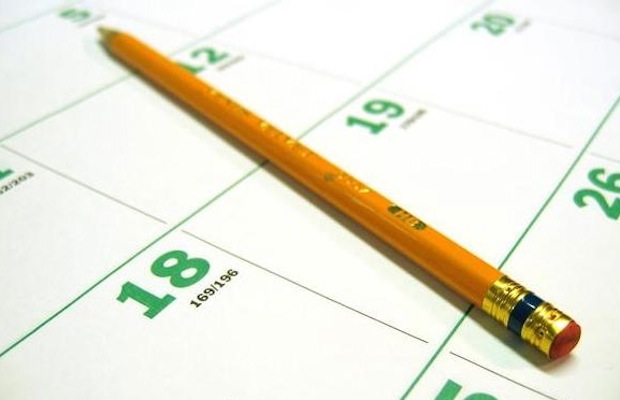
This story is part of our new “GolfWRX Guides,” a how-to series created by our Featured Writers and Contributors — passionate golfers and golf professionals in search of answers to golf’s most-asked questions.
Designing your own comprehensive golf fitness program is not all that easy, as I talked about in my story “What should be in your golf fitness program?” In fact, it’s more complex than you’d think and really requires specialist knowledge and experience to put a program together that will target the right areas, in the right order, at the right intensity.
That’s where I come in! I wrote this piece to give you a clearer idea of what to do, how much to do and when to do it. From there, you can either seek professional advice or simply go ahead and make your own program. Just be aware that, like your golf game, you will almost always achieve a better result when you get professional help!
What’s the goal?
In almost every program I write there is an attempt to improve the golfer’s physical capabilities across four different athletic attributes:
- Mobility/Flexibility
- Posture/Movement Patterns
- Stability
- Strength/Power
Most golf fitness experts can all agree that these four areas are essential to improving the athleticism of a golfer’s swing. We need a certain level of all four in order to make an efficient and powerful move.
The order of those four attributes isn’t random, by the way. I have arranged them in the same sequence that I often use for the exercises that aim to develop them. Here’s an explanation of what I include in my programs and why.
Release/Self Massage
This goes first because we really want to free up the connective tissue that contributes to forming adhesions, tight spots and general shortness in our muscles. Using equipment like spiky balls or foam rollers and techniques like the one demonstrated below, we can alleviate trigger points and soreness from the muscles and generally prep the area for exercise. My colleagues and I consider this so important that it is absolutely non-negotiable at the start of every single training session for Golf Queensland and Golf Australia athletes.
Example Exercises: Spiky ball/foam roll various areas of the body that get sore and/or tight. This is a release for the glutes and hip external rotators.
Cardio
Next up is a spot of cardio. It’s main purpose is to warm up the body and increase heart and respiratory rate. This increased blood flow will provide the muscles with nice oxygenated blood and warm tendons and ligaments ready for the exercise movements they are about to make.
Example exercises: Skipping, boxing, running, rowing: Whatever you like really!
Dynamic Mobility
Our body is now warm from the cardio, so it’s the perfect time to work on our mobility. The reason I use dynamic mobility is to encourage the joints and muscles through a range of motion that is relevant to the movements we make in the gym, life and the golf swing (i.e not lying on your back with leg in the air). We can also use this section to work on stability of the hips, core and shoulders if we are smart with the exercise selection and application.
Example exercises: Inch worm, prone step ups, hindu push ups, legs swings, dislocates.
Activation
This is another non-negotiable for my athletes. It’s so important to have the correct muscles “turned on” and ready to work. The three key areas for golf and for the gym are glutes, scapula/upper back and core. If these aren’t switched on and ready to go, then other muscles will have to overwork and compensate. This leads to poor technique first and injury second. These type of exercises, combined with the three categories above, make for a really good golf warm-up, too!
Example exercises: Crab walk variations, tubing/band drills, jump and stick.
Power
The body is primed and ready to go, but still fresh and with little metabolic or neural fatigue (tiredness). Time to move some load fast! This doesn’t have to mean throwing barbells around, however, as very often a lighter load like a medball or just bodyweight is more than enough. I often use a combination of jumps and throws that get the whole body moving fast as a unit.
Example exercises: Medicine ball slams and throws, squat and lateral jumps and dumbbell power snatch.
STRENGTH
Now we are getting to the guts of the session. Again, load should be relative to ability and experience and technique should be a high priority.
Essentially, this is where we are working hard and making gains. The strength work I prescribe focuses of on posterior chain (hamstrings, butt, back) with pulling and pushing movements in different directions and varieties.
Example exercises: Squats, lunges, deadlift variations (rarely using the standard barbell deadlift from floor these days), dumbbell press variations, chin-ups, rows, overhead press variations.
Core
We all know the importance of core strength for golfers and now is the best time to isolate this area and put in some extra work here. I consider “3D” core training essential, and I aim to achieve this through prescribing exercises that challenge the core from front to back, side to side and also working against rotational resistance.
Here some example exercises that work the body in “3D.”
- Front to Back: Leg lifts, V Sits, Bridges, Back Extensions
- Side to Side: Side bridges, Side Hip Raises
- Rotational Resistance: Pallof press, Woodchops, Lying Turnovers
How much and how often?
So you have the right order of exercises and a selection of good ones to have a go at. Now we just need to work out how many reps you should do and how often you need to train.
Self Massage and Release
- 2-to-3 areas of the body for 5-to-10 minutes
Cardio
- 5-to-10 minutes
Dynamic Mobility
- A mini circuit of 5-to-6 exercises that are done for 6-to-8 reps. Repeat twice.
Activation
- A mini circuit of 2-to-3 exercises that are done for 10-to-12 reps. Repeat twice.
Power
- 2 exercises (1 jump, 1 throw). 5 reps each and 3 sets.
Strength
- 4 exercises (1 squat, 1 lunge, 1 push, 1 pull). 8-to-10 reps each. 3 sets.
Core
- 3 exercises (one in each “dimension”). 8-to-10 reps or 30-to-60 seconds for each exercise. 3 sets.
Frequency / Intensity
Repeat this session 2 or 3 times per week depending on your level of ability and experience. Always use a load that allows you to complete the rep range with good form and technique.
How Does it Come Together?
To see what it looks like when put into a plan, check out the two example workouts below that have been extracted from a full program planned for four weeks. The first is aimed at a complete gym novice and the second targets the lower body of a moderately experienced gym the user (more than one year).
Click on the example workouts to make them larger.
Beginner
Intermediate
You should now have the basic tools to be able to construct a gym program for yourself. Before you start, however, it’s a very good idea to seek professional advice. Remember these are rough and generic guidelines and might not apply directly to you.
Please feel free to ask questions in the comments section below and I will do my best to answer any queries. If you would like more specific information or a program more tailored to you then contact me directly through email — [email protected] — or check out what we have to offer at www.golffitapp.com.
Disclaimer: Always gain clearance for your training from a doctor or well-qualified exercise professional before commencement of an exercise regime.
- LIKE8
- LEGIT0
- WOW1
- LOL0
- IDHT0
- FLOP0
- OB0
- SHANK1
Instruction
Clement: Laid-off or perfect fade? Across-the-line or perfect draw?

Some call the image on the left laid off, but if you are hitting a fade, this could be a perfect backswing for it! Same for across the line for a draw! Stop racking your brain with perceived mistakes and simply match backswing to shot shape!
- LIKE0
- LEGIT0
- WOW0
- LOL0
- IDHT0
- FLOP0
- OB0
- SHANK1
Instruction
The Wedge Guy: The easiest-to-learn golf basic

My golf learning began with this simple fact – if you don’t have a fundamentally sound hold on the golf club, it is practically impossible for your body to execute a fundamentally sound golf swing. I’m still a big believer that the golf swing is much easier to execute if you begin with the proper hold on the club.
As you might imagine, I come into contact with hundreds of golfers of all skill levels. And it is very rare to see a good player with a bad hold on the golf club. There are some exceptions, for sure, but they are very few and very far between, and they typically have beat so many balls with their poor grip that they’ve found a way to work around it.
The reality of biophysics is that the body moves only in certain ways – and the particulars of the way you hold the golf club can totally prevent a sound swing motion that allows the club to release properly through the impact zone. The wonderful thing is that anyone can learn how to put a fundamentally sound hold on the golf club, and you can practice it anywhere your hands are not otherwise engaged, like watching TV or just sitting and relaxing.
Whether you prefer an overlap, interlock or full-finger (not baseball!) grip on the club, the same fundamentals apply. Here are the major grip faults I see most often, in the order of the frequency:
Mis-aligned hands
By this I mean that the palms of the two hands are not parallel to each other. Too many golfers have a weak left hand and strong right, or vice versa. The easiest way to learn how to hold the club with your palms aligned properly is to grip a plain wooden ruler or yardstick. It forces the hands to align properly and shows you how that feels. If you grip and re-grip a yardstick several times, then grip a club, you’ll see that the learning curve is almost immediate.
The position of the grip in the upper/left hand
I also observe many golfers who have the butt of the grip too far into the heel pad of the upper hand (the left hand for right-handed players). It’s amazing how much easier it is to release the club through the ball if even 1/4-1/2″ of the butt is beyond the left heel pad. Try this yourself to see what I mean. Swing the club freely with just your left hand and notice the difference in its release from when you hold it at the end of the grip, versus gripping down even a half inch.
To help you really understand how this works, go to the range and hit shots with your five-iron gripped down a full inch to make the club the same length as your seven-iron. You will probably see an amazing shot shape difference, and likely not see as much distance loss as you would expect.
Too much lower (right) hand on the club
It seems like almost all golfers of 8-10 handicap or higher have the club too far into the palm of the lower hand, because that feels “good” if you are trying to control the path of the clubhead to the ball. But the golf swing is not an effort to hit at the ball – it is a swing of the club. The proper hold on the club has the grip underneath the pad at the base of the fingers. This will likely feel “weak” to you — like you cannot control the club like that. EXACTLY. You should not be trying to control the club with your lower/master hand.
Gripping too tightly
Nearly all golfers hold the club too tightly, which tenses up the forearms and prevents a proper release of the club through impact. In order for the club to move back and through properly, you must feel that the club is controlled by the last three fingers of the upper hand, and the middle two fingers of the lower hand. If you engage your thumbs and forefingers in “holding” the club, the result will almost always be a grip that is too tight. Try this for yourself. Hold the club in your upper hand only, and squeeze firmly with just the last three fingers, with the forefinger and thumb off the club entirely. You have good control, but your forearms are not tense. Then begin to squeeze down with your thumb and forefinger and observe the tensing of the entire forearm. This is the way we are made, so the key to preventing tenseness in the arms is to hold the club very lightly with the “pinchers” — the thumbs and forefingers.
So, those are what I believe are the four fundamentals of a good grip. Anyone can learn them in their home or office very quickly. There is no easier way to improve your ball striking consistency and add distance than giving more attention to the way you hold the golf club.
More from the Wedge Guy
- The Wedge Guy: Golf mastery begins with your wedge game
- The Wedge Guy: Why golf is 20 times harder than brain surgery
- The Wedge Guy: Musings on the golf ball rollback
- LIKE86
- LEGIT13
- WOW6
- LOL1
- IDHT0
- FLOP4
- OB1
- SHANK8
Instruction
Clement: Stop ripping off your swing with this drill!

Not the dreaded headcover under the armpit drill! As if your body is defective and can’t function by itself! Have you seen how incredible the human machine is with all the incredible feats of agility all kinds of athletes are accomplishing? You think your body is so defective (the good Lord is laughing his head off at you) that it needs a headcover tucked under the armpit so you can swing like T-Rex?
- LIKE0
- LEGIT2
- WOW2
- LOL0
- IDHT0
- FLOP0
- OB0
- SHANK2
-

 19th Hole2 weeks ago
19th Hole2 weeks agoDave Portnoy places monstrous outright bet for the 2024 Masters
-

 19th Hole4 days ago
19th Hole4 days agoJustin Thomas on the equipment choice of Scottie Scheffler that he thinks is ‘weird’
-

 19th Hole2 weeks ago
19th Hole2 weeks agoTiger Woods arrives at 2024 Masters equipped with a putter that may surprise you
-

 19th Hole3 days ago
19th Hole3 days ago‘Absolutely crazy’ – Major champ lays into Patrick Cantlay over his decision on final hole of RBC Heritage
-

 19th Hole2 weeks ago
19th Hole2 weeks agoTwo star names reportedly blanked Jon Rahm all week at the Masters
-

 19th Hole1 week ago
19th Hole1 week agoReport: LIV Golf identifies latest star name they hope to sign to breakaway tour
-

 19th Hole2 weeks ago
19th Hole2 weeks agoNeal Shipley presser ends in awkward fashion after reporter claims Tiger handed him note on 8th fairway
-

 19th Hole1 week ago
19th Hole1 week agoBrandel Chamblee has ‘no doubt’ who started the McIlroy/LIV rumor and why

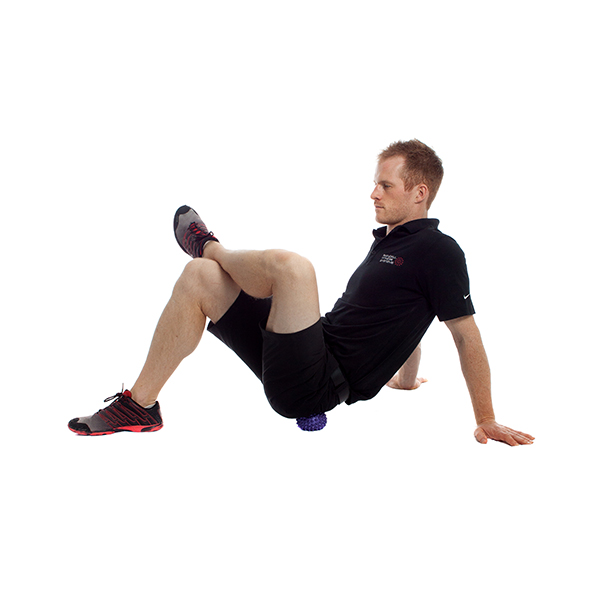
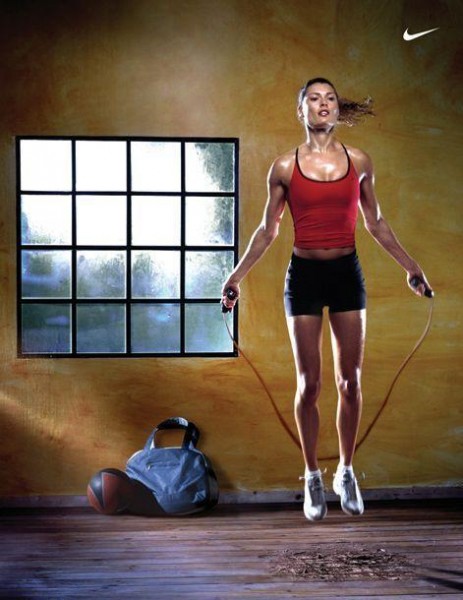
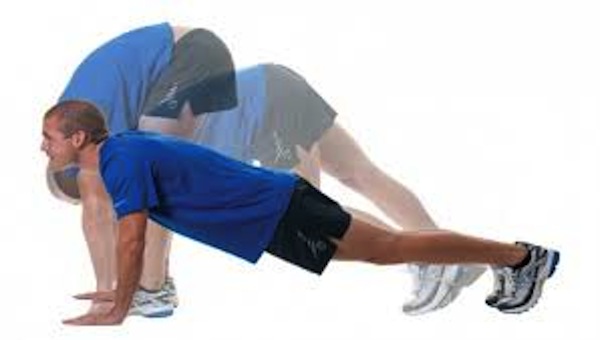
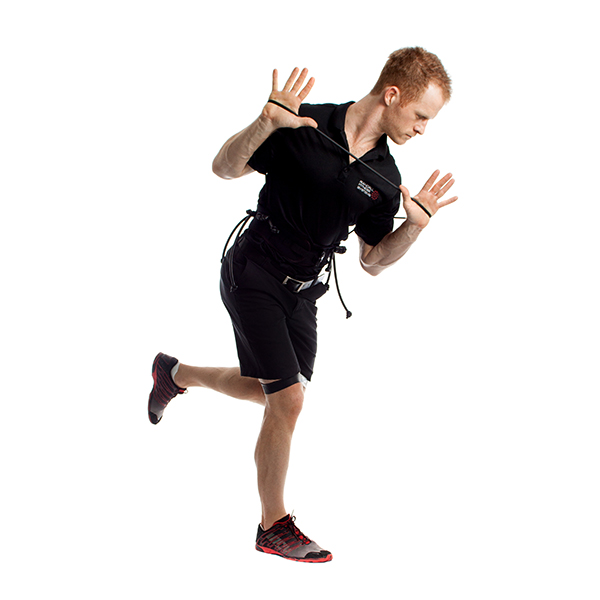
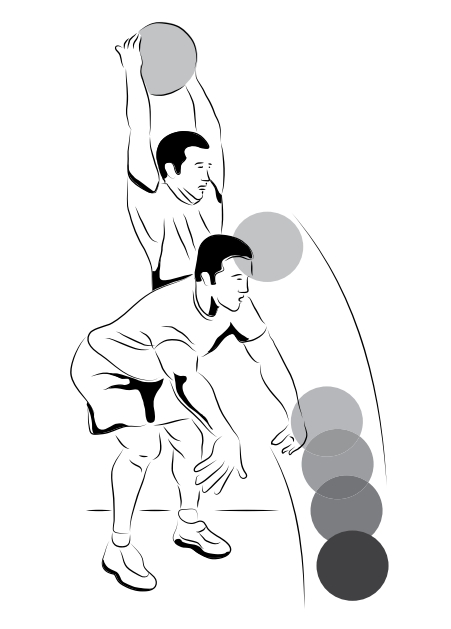

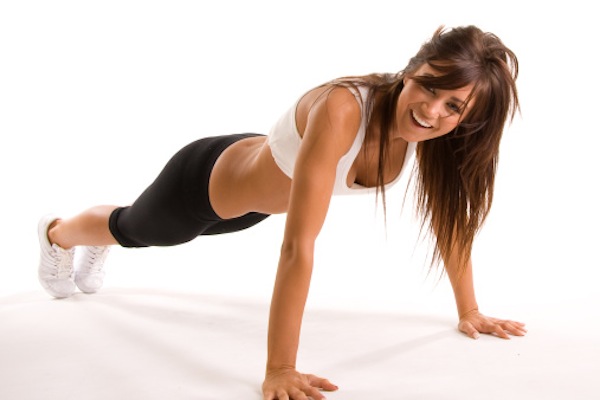
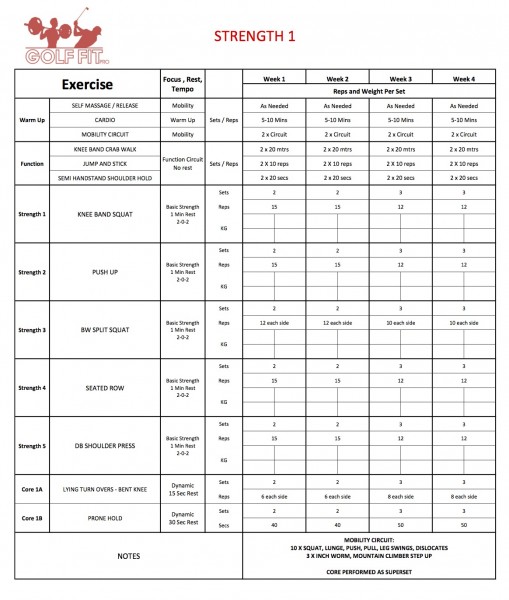
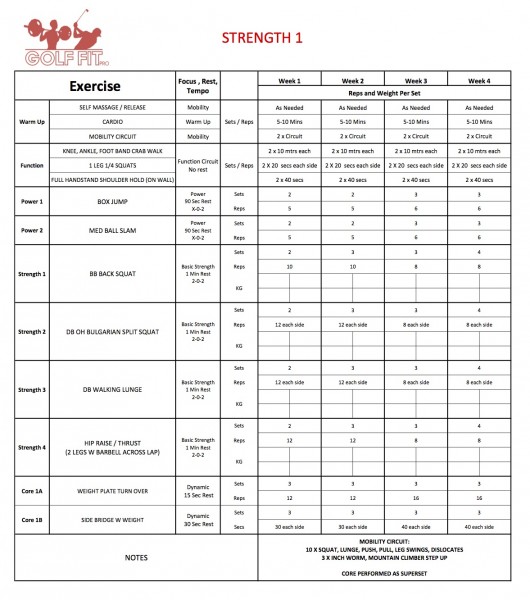


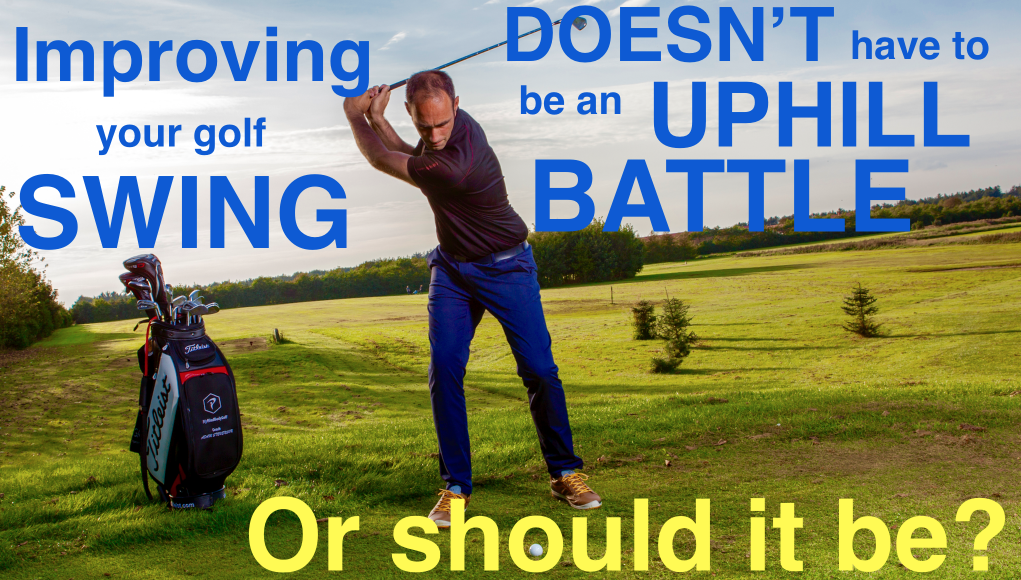
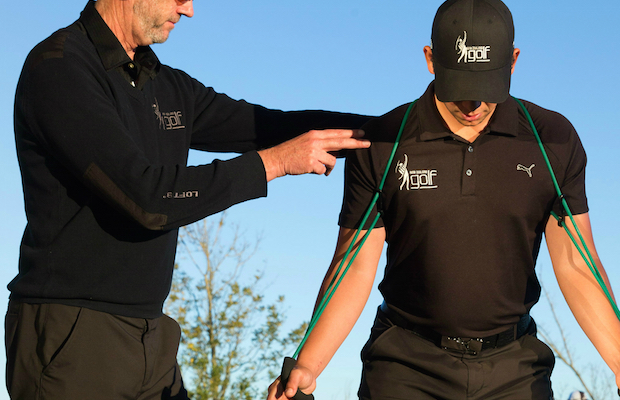
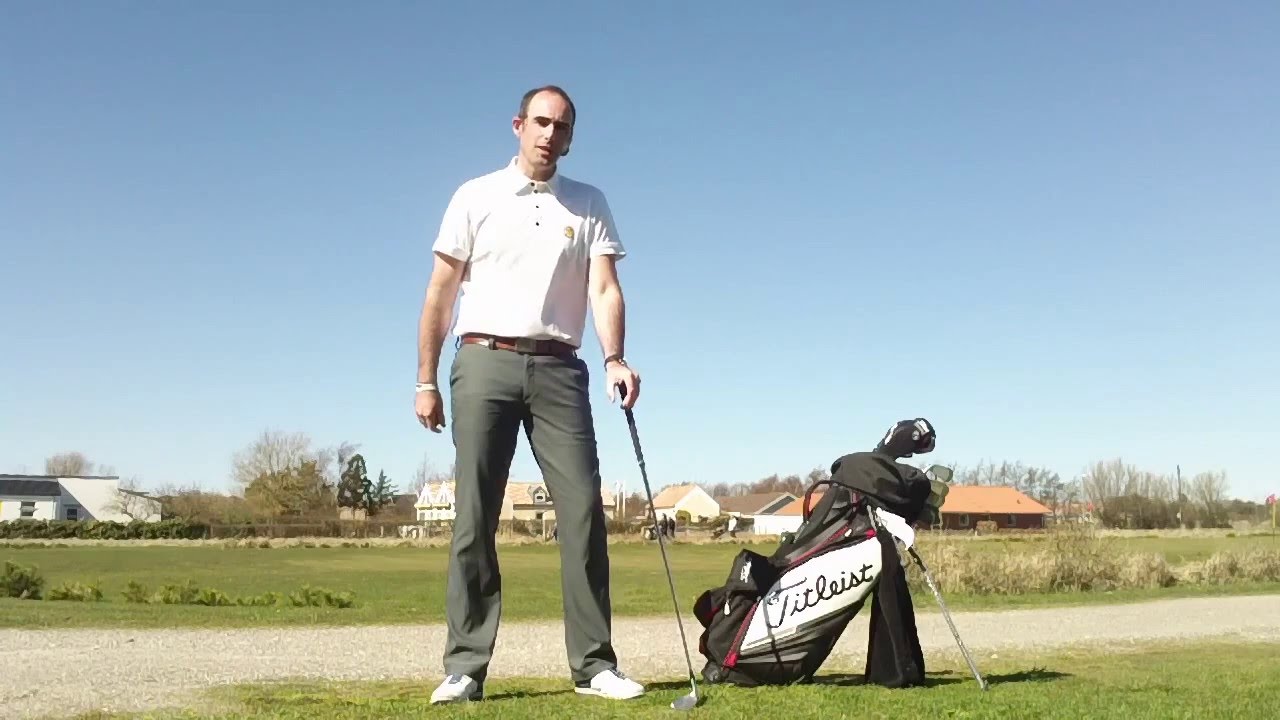
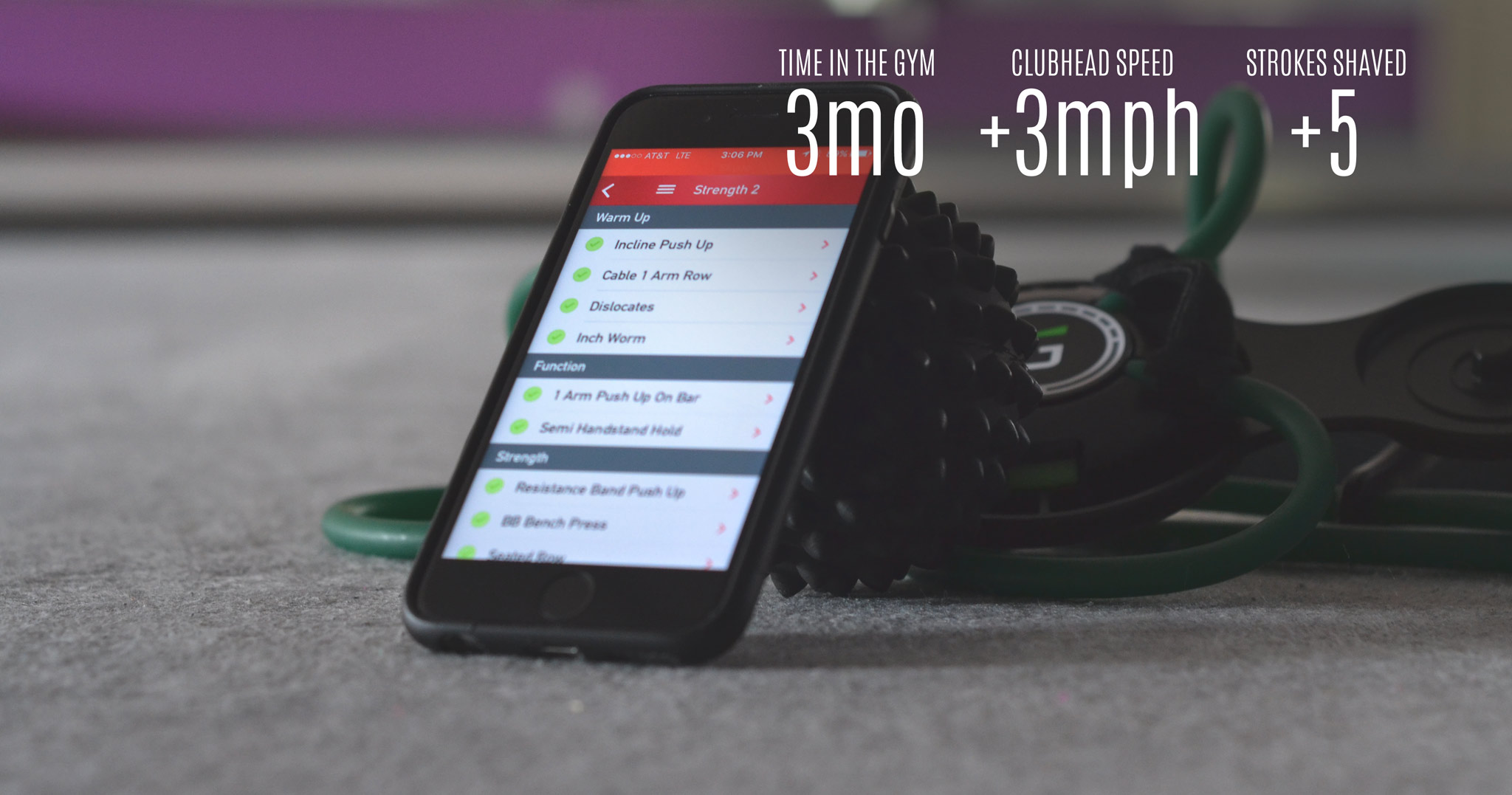
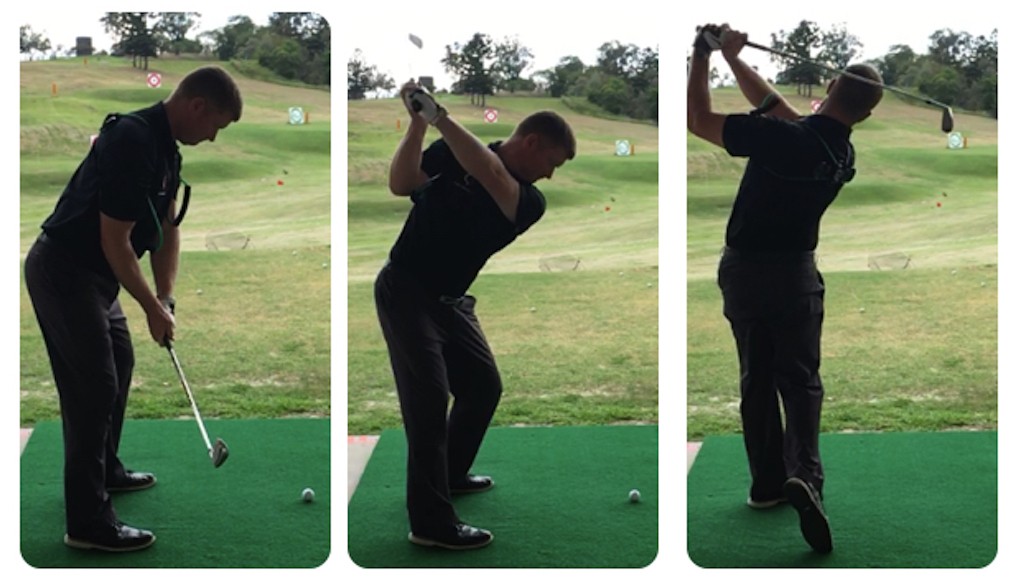
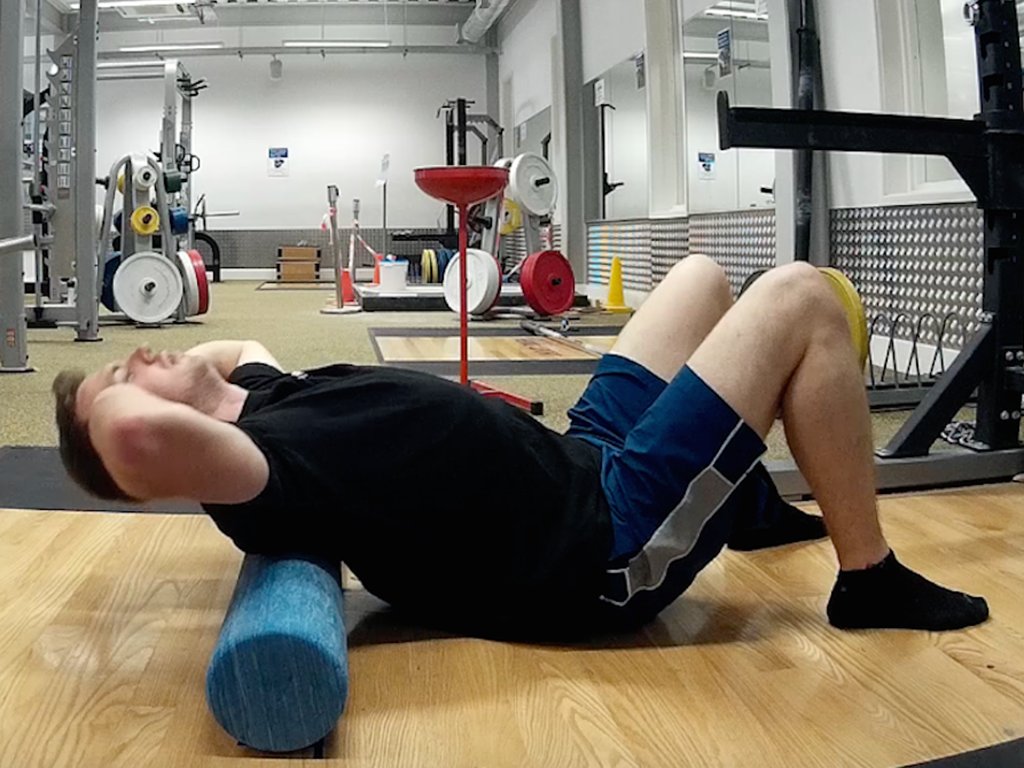













Pingback: Programming Your Fitness - The Golf Shop Online Blog
James
Nov 15, 2014 at 10:01 pm
Living in Wisconsin and it being winter I started a custom program through him to get fit for next golf season. I have never been a “gym guy” but I absolutely love the workouts. The workouts have detailed instructions and are easy to follow. When I’m done I can feel it. I’m really looking forward to seeing how much I improve in 6 months with my strength,mobility and core strength as I have never been a gym person.
Pat
Nov 16, 2014 at 11:32 am
It’s going to take more than 6 months to see anything significant, buddy. But hey, it’s a starting point for someone who’s never been gym rat. Glad to see more people like you taking action and actually implementing a gym program for golf. I hope Nick also included a stretching program for you. If not, you should implement one as it is critical for mobility and injury prevention. Nothing exotic or crazy hard, just basic stretches for a minute for each muscle group is fine. Yoga stances are also very good as well but would be for a more advanced individual. Anyways, good luck and I hope you see some real results on the course once winter passes through.
James
Nov 16, 2014 at 3:08 pm
Without going into details I can tell you that there is a very indepth stretching incorporated in the workout. Being a ex semi pro Cyclist who has had a coach monitoring everything I ate, did on the bike and such, I am impressed with the details involved in the program.
James
Nov 16, 2014 at 3:12 pm
I have on my own been taking some yoga classes twice a week at the gym. Very tough some of the positions. I think Nick does a great job of putting the workout together for me. I am excited. I would believe for someone who doesn’t workout and has very little muscle mass from being small from cycling that I will see a significant increase in power in 6 months.
Like you said it’s good to see people taking a active approach to improving fitness and decreasing the chances of injury.
James
Nov 16, 2014 at 3:26 pm
I have on my own been taking some yoga classes twice a week at the gym. Very tough some of the positions. I think Nick does a great job of putting the workout together for me. I am excited. I would believe for someone who doesn’t workout and has very little muscle mass from being small from cycling that I will see a significant increase in power in 6 months.
Like you said it’s good to see people taking a active approach to improving fitness and decreasing the chances of injury.
Read more at http://www.golfwrx.com/206601/how-to-write-your-own-golf-fitness-program/comment-page-1/#jPjcEmzfodTzIOZL.99
Pat
Nov 15, 2014 at 8:38 pm
You forgot stretching which is a very critical part of flexibility and injury prevention. I have incorporated all the phases of training for golf mentioned in your program, plus stretching and I have gone from a 110mph swing all the way up to 133mph at one point. Used to do Japan’s long drive comps many years ago. Now I can still hit 122mph regularly. I also do more volume for strength training probably because of my bodybuilding backround. Overall a good basic article for training for golf. I understand that you don’t want to go into too many specifics because you charge people for that. I still commend you for at least getting the basic info out there for the general public out there that way they have a starting point.
Pat
Nov 16, 2014 at 11:37 am
Btw, I am a certified pt and have my ACE certification. I have also taken body biometrics, anatomy and other kinetic/exercises related classes in college. I have extensive knowledge especially when it comes to golf related exercise and bodybuilding. I have trained mini tour players, bodybuilders and highly regarded high school amateur golfers in the past. Anyone who is interested in my expertise can pm me through here. My screen name is phizzy30.
marcel
Dec 3, 2014 at 12:03 am
yeah the article touches the basics in the right way. I have improved my golf just by doing fitness program. but i kept doing the 1st one for 12 weeks and journaled progress. now I am almost 12 months with break only for 3 weeks so far… golf improved… lots of dead lifts, squats and single arm exercises.